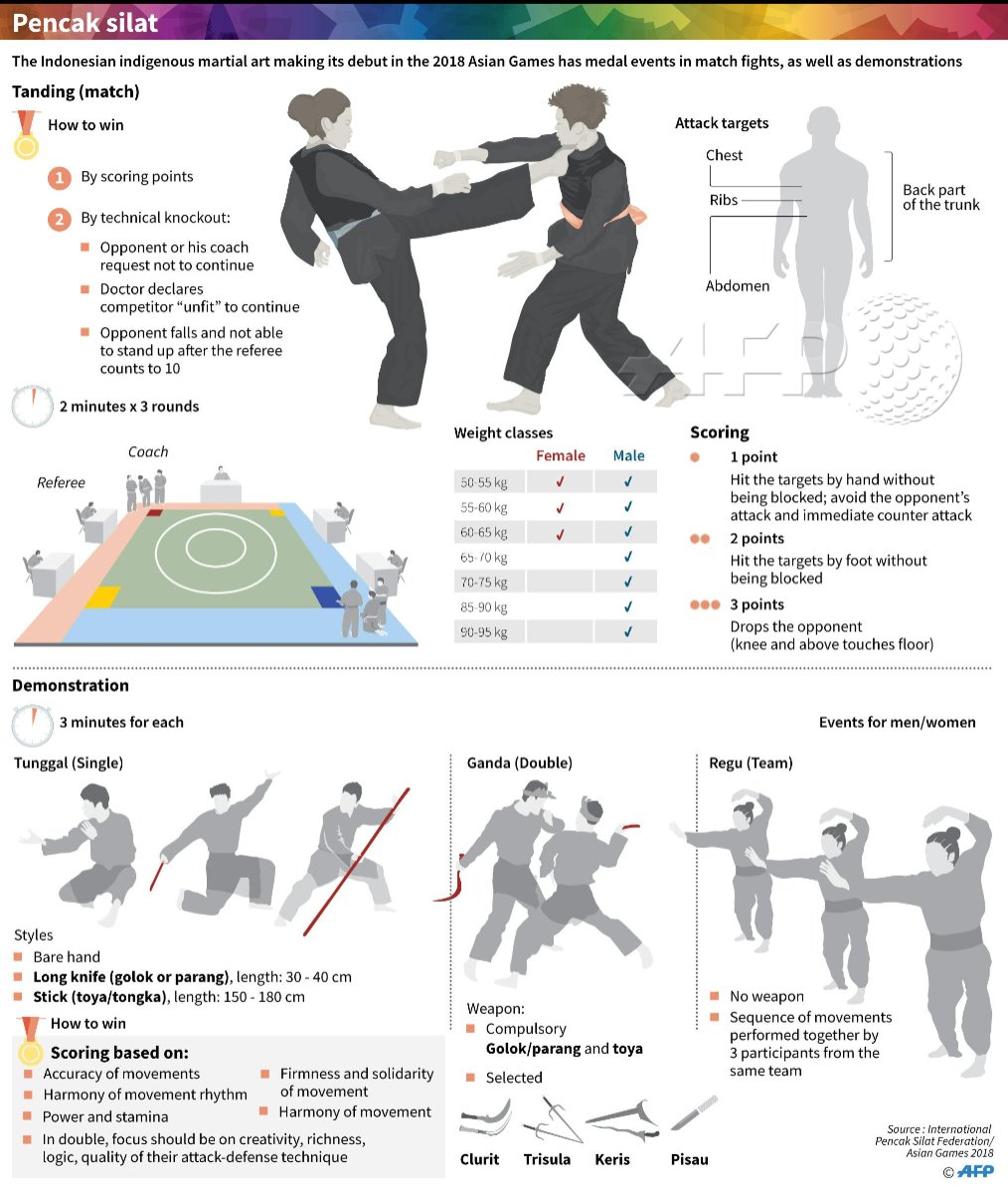Standard Martial Arts And Modern Fight Sports: An Extensive Introduction Of Their Distinctive Differences
Standard Martial Arts And Modern Fight Sports: An Extensive Introduction Of Their Distinctive Differences
Blog Article
Authored By-McGinnis Finnegan
When you think of martial arts, do you lean a lot more toward the standard methods or the modern fight sports? Each course offers unique advantages and experiences, formed by their ideologies and training methods. Traditional martial arts emphasize personal growth and self-control, while modern battle sports concentrate on competition and efficiency. Comprehending these distinctions can assist you in selecting the appropriate strategy for your journey. However how do these differences materialize in training and ideology?
The Philosophy and Background Behind Conventional Martial arts
While many people associate martial arts with physical combat, the viewpoint and background behind standard martial arts run much deeper. You'll locate that these techniques highlight personal growth, discipline, and respect.
Stemming from ancient methods, traditional martial arts were usually developed for Self-Defense and spiritual advancement. They personify principles such as equilibrium, harmony, and self-constraint, guiding specialists beyond simple fighting abilities.
As you train, you'll not only discover techniques yet likewise obtain insights right into the culture and values that shaped these arts. The routines and customs, commonly given via generations, promote a sense of community and belonging.
The Affordable Nature of Modern Combat Sports
Modern fight sports have changed the landscape of martial arts into an extremely affordable arena, where professional athletes challenge in an examination of skill, approach, and endurance.
You'll observe that competitors are often arranged with rigorous guidelines and guidelines, ensuring fair play and safety and security. These occasions attract huge audiences, sustaining the enjoyment and strength of matchups.
all-attribute martial arts educate rigorously, not just for physical expertise but additionally for psychological durability, understanding that every detail counts in the ring. The adrenaline thrill during competitors is palpable, as fighters press their restrictions to assert triumph.
Fans appreciate the athleticism and creativity included, making modern-day battle sports a thrilling spectacle that remains to advance and captivate fanatics all over the world.
Training Methods and Methods: A Comparative Evaluation
The competitive atmosphere of contemporary battle sporting activities needs innovative training methods that vary dramatically from traditional martial arts.
In best martial arts to defend yourself , you'll focus on certain methods, competing, and conditioning, typically utilizing drills that imitate actual battle situations. You'll see an emphasis on quantifiable performance and regular competitors to examine your skills.
On the other hand, typical martial arts focus on forms, katas, and thoughtful trainings, usually highlighting self-control and respect over competitors.
Training is normally less intense and may involve repeated practice rather than real-time sparring.
While both strategies develop ability and physical fitness, contemporary battle sports provide a much more vibrant and adaptable training setting, preparing you for prompt obstacles in the ring or cage.
Pick the course that lines up with your goals and passions.
Conclusion
In picking in between standard martial arts and contemporary battle sporting activities, it really comes down to what you value the majority of. If you're seeking individual growth, technique, and a feeling of community, conventional arts could be your best fit. Yet if you flourish on competition and real-time obstacles, contemporary battle sporting activities could be the method to go. Inevitably, both courses provide special advantages, so it's everything about straightening your training with your individual objectives and passions.
